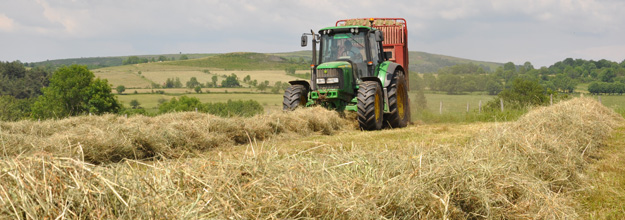The coherence of a terroir
How has Aubrac's ancestral terroir managed to weather socio-economic and agricultural upheavals since the mid-20th century ?

How has Aubrac's ancestral terroir managed to weather socio-economic and agricultural upheavals since the mid-20th century ?

Au The main modern agricultural models that emerged in the mid-20th century spread new production methods (motorisation and chemical fertilisers) worldwide. Animal husbandry was not spared: breeds became specialised and their number fell.
As Aubrac, affected by the rural exodus and changes in farming techniques, saw its dairy activity decline to dangerous levels, most farmers let the new agriculture's sirens seduce them.
But in less than 20 years they realised that intensive methods do not work in places like Aubrac, where the climate, relief and soil are too specific for the techniques of modern industrial agriculture, designed for more productive areas. Performance benchmarks that may make sense elsewhere (yield, growth rate, production per dairy cow, etc.) could only lead to a dead end in Aubrac because they fail to take natural environments into account.
Aubrac's farmers who adopted the "HPC", or "high-potential cow", decided to change course and put their trust in breeds adapted to similar mountainous regions such as the Jura or Savoy. André Valadier initiated the approach, which promotes what he calls "positive contamination", from one region to another. Aubrac's farmers gradually abandoned HPCs and went back to cows adapted to the region.
Faced with challenges to their agricultural survival, they had heeded the advice of old-timers: walk in your footsteps before they vanish.

Another observation followed the first readjustment to the terroir: when cows are fed maize or silage, the milk and cheese do not taste the way they used to.
The new diet gradually fell by the wayside and the farmers' association returned to the virtuous circle of interactions between man, land, soil, climate and product.
A happy discovery was made: measures taken to assure the quality of the finished product always had positive effects on the landscape and the environment. When the natural environment is consolidated and restored to its active role, it becomes an indispensable ally. Product and land are intertwined and share the same fate. This naturally triggers preservation efforts and mutual respect.